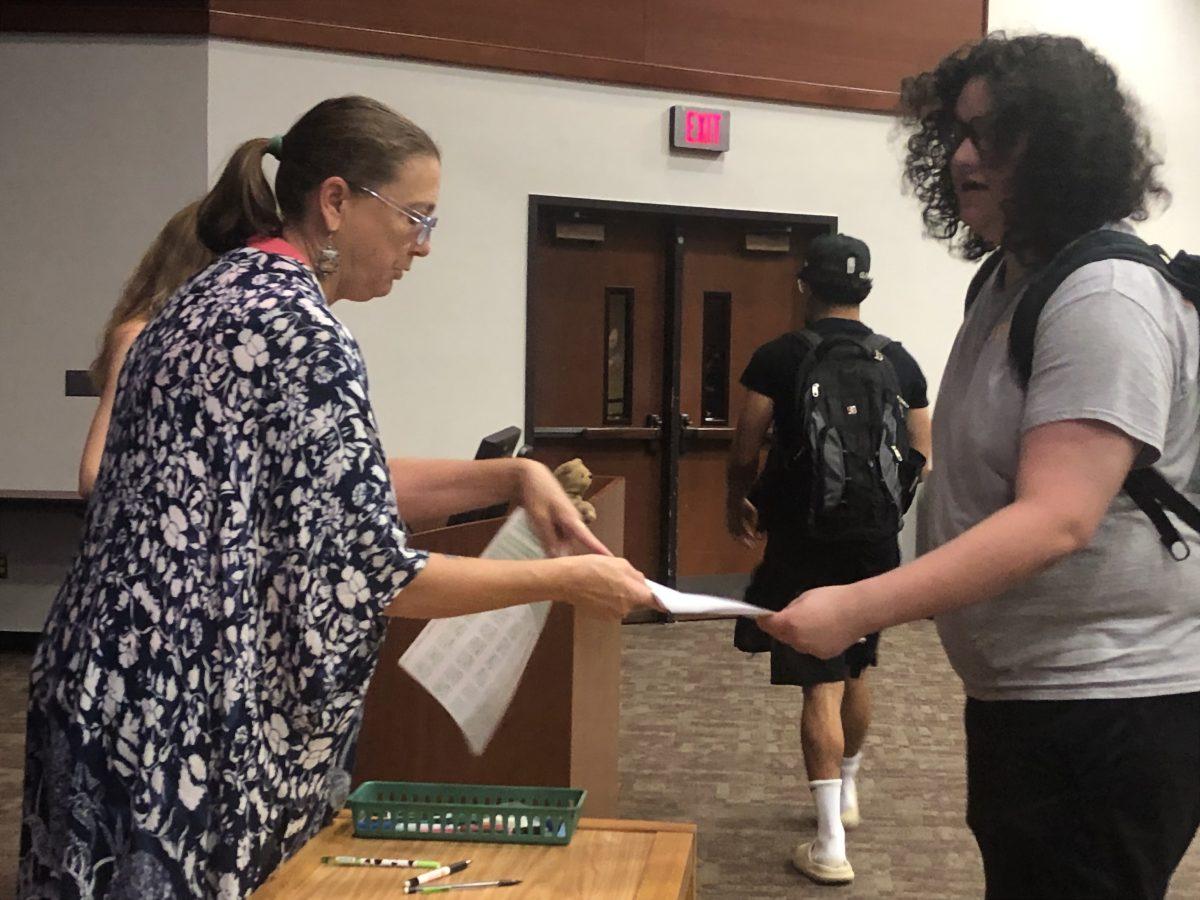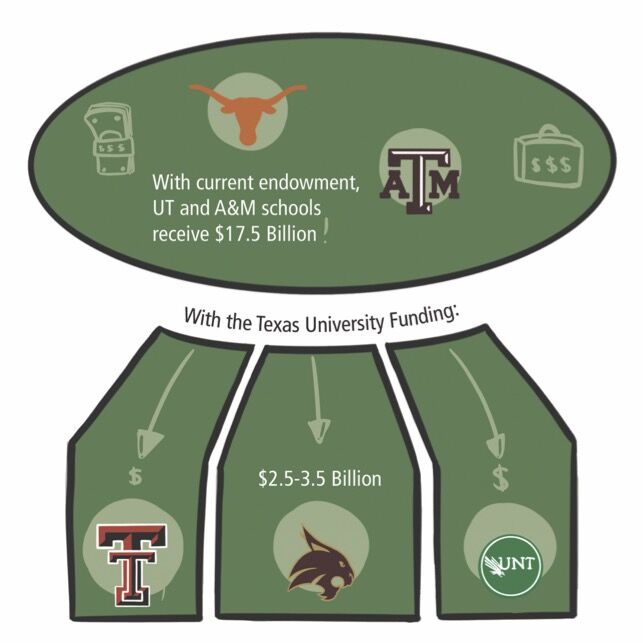Texas State Faculty Senate discussed the 2021 Senate Survey Report and comparative faculty salaries across universities during its March 24 meeting.
The 2021 Senate Survey Report, originally distributed March 1, gathered data from around 523 anonymously filled out surveys. There was some uncertainty after some professors filled out multiple surveys for the multiple classes they teach.
The survey collected data and recommendations were made to President Denise Trauth and Provost Gene Bourgeois based on its results. The Senate’s revision of the survey in preparation for further recommendations included statements such as, “[class] attendance behaviors do not necessarily reflect a preference for not accounting for face-to-face offerings” and a consensus among faculty for discontinuing A/B class models — a system where one group of students attends class in person one day of the week while the second group attends another.
Sen. Rachel Davenport says presenting concerns and opinions from the university’s faculty provided a new perspective, especially concerning the issue of attendance. She says she expected attendance figures to be much lower, but the data proves the concerns are isolated in a vocal minority of classes.
“I just really want us to have our finger on the pulse,” Davenport says. “I just really love that [this] survey really changed my ideas.”
Several senators who attended the Texas Council of Faculty Senates meeting debriefed their experiences, mostly sharing the perspective gained from interacting with other Faculty Senate organizations across the state. In Sen. Jennifer Jensen’s opinion, Texas State’s Faculty Senate is “closer to the better side of things,” as several council attendees detailed a relative lack of faculty representation in their universities.
Davenport presented the comparative data of Texas State faculty across all disciplines in relation to similar institutions compiled by the College and University Professional Association for Human Resources (CUPA-HR). CUPA-HR provided a spreadsheet detailing a university’s median and mean salaries across a discipline as a percentage of their counterparts at other universities for the 2019-2020 year.
When observing the university across all disciplines, no category of faculty made more than mean or median comparative salary — except new assistant professors, who made 101.4% of the mean salary but not the median.
Davenport pointed out while the CUPA-HR comparative data is available for faculty, it is not available for administrators, whose salaries are only visible in isolation. She thinks the data could be useful when asking for an increase in salary.
“If we find that our administrators are paid above [the CUPA-HR median and mean] but we’re not, I think that gives us even more pressure to put on the [President’s Cabinet] to find the money,” Davenport says.
Sen. Taylor Acee raised questions over the data’s context and whether it considered the differing proportions of faculty and the variation in programs across universities — a concern Davenport also shared — given the complexity of the data. Davenport did not wish to compare “apples to oranges” and decided to ask the source of data over the methodology.
Senate Chair Janet Bezner concurred the variation may complicate the faculty data but noted its numbers should be simpler in regards to administrative figures, as they typically do not divide by discipline or program nearly as much as faculty.
Sen. Nicole Wesley adds staff should have comparative data made available as well, while Valerie Anderson, Faculty Senate’s administrative assistant, clarified the CUPA-HR data on the website at the time of the meeting was not current but would be available.
Faculty Senate discusses Senate Survey Report, comparative pay
March 25, 2021
Donate to The University Star
Your donation will support the student journalists of Texas State University. Your contribution will allow us to purchase equipment and cover our annual website hosting costs.






























